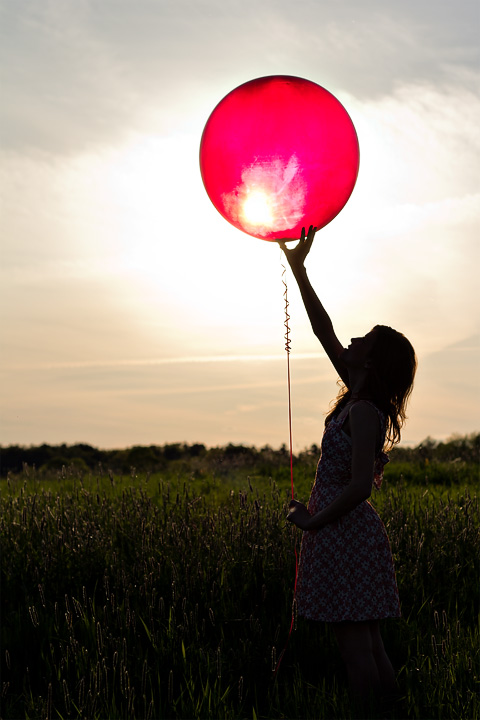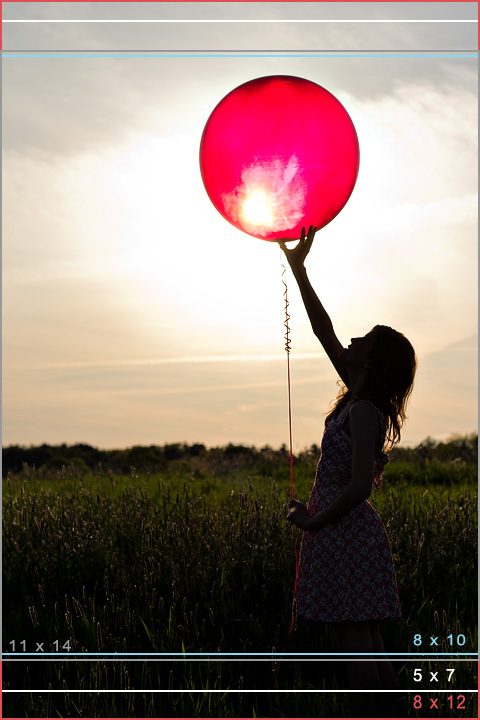(Day 17/30 of the 30 day blog challenge. Read more about it here!)
You may have noticed that if you order photos in several different print sizes (5 x 7, 8 x 10, 8 x 12) that the photos have different dimensions, or essentially different aspect ratios. To get a little technical, a 4 x 6 and a 8 x 12 share the same dimensions although both are clearly not the same size. Both have a 3:2 ratio. Make sense?
My camera shoots in a 3:2 ratio, as shown in the photo below. Thus, to order prints that are not cropped, it's important to order print and product sizes that follow this ratio, such as 8 x 12, 12 x 18, 16 x 24, etc.

Most photos will crop fairly well, and when I'm shooting I'll usually put some space around the subject in case a client wants, say, an 8 x 10. But, I always design my proofs to look best at their native aspect ratio size (3:2).
Check out the diagram below for how vastly different these aspect ratio sizes are. This particular image definitely loses impact when cropped. And look at how much of the image is cropped when you purchase an 8 x 10 (a 5:4 ratio)!

Here's the thing: unfortunately, it is difficult to find frames that are 8 x 12 (or are the 3:2 ratio, except for 4x6 frames). Why? Heck, I have no idea. But they do exist at local specialized frame shops and online vendors, and are, in my opinion, worth it. After all, don't you want to showcase the full, uncropped photo on your desk or on your wall?
An easier option is to just purchase a canvas gallery wrap, which require no framing. I love easy solutions!
I always love to answer questions about print and product sizes, so please don't hesitate to contact me with questions. I can help you select the best print/product size for you and your space!
Share this story